This is a cubic Bézier curve for which the formula is simply [x,y]=(1–t)^3*P0+3(1–t)^2*t*P1+3(1–t)t^2*P2+t^3*P3. With this you can solve for each point by evaluating the equation. In Java this you could do it like this:
/* t is time(value of 0.0f-1.0f; 0 is the start 1 is the end) */
Point CalculateBezierPoint(float t, Point s, Point c1, Point c2, Point e)
{
float u = 1 – t;
float tt = t*t;
float uu = u*u;
float uuu = uu * u;
float ttt = tt * t;
Point p = new Point(s.x * uuu, s.y * uuu);
p.x += 3 * uu * t * c1.x;
p.y += 3 * uu * t * c1.y;
p.x += 3 * u * tt * c2.x;
p.y += 3 * u * tt * c2.y;
p.x += ttt * e.x;
p.y += ttt * e.y;
return p;
}
So if you wanted to move a sprite along the path, then you would simply set the t value from a value of 0 - 1 depending on how far down the path you want to be. Example:
int percentMovedPerFrame = 1;// Will complete path in 100 frames
int currentPercent = 0;
update() {
if (currentPercent < 100) {
this.pos = CalculateBezierPoint(currentPercent / 100.0f, this.path.s, this.path.c1, this.path.c2, this.path.e);
currentPercent += percentMovedPerFrame
}
}
